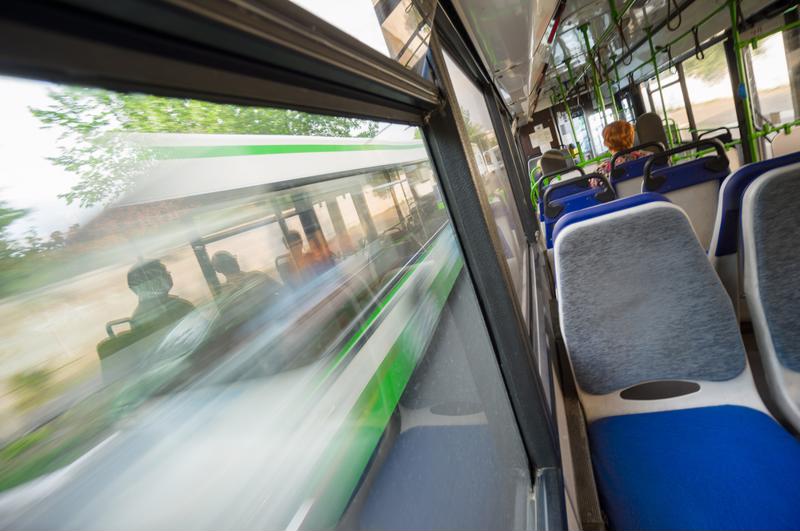
American bus systems modernize with IoT
By Max BurkhalterSeptember 22, 2017
Buses still play in important role in modern society, even as ride share companies sprout from the pastures of Silicon Valley and innovators like Elon Musk contemplate hyperspeed rail implementation. U.S. bus systems facilitate more than 3 million passenger trips per year, according to research from the American Public Transportation Association. Additionally, an estimated 24 million schoolchildren travel to and from educational facilities on government-operated buses annually, the National Center for Education Statistics found. In short, these behemoth transports continue to see widespread use.
However, the rider experience has not improved. Boarding a bus today can sometimes feel like stepping into a time machine. Surprisingly, few riders complain about the lack of on-board amenities. In fact, when TransitCenter, a nonprofit dedicated to improving public transportation, asked more than 3,000 bus users from 17 metropolitan areas to rank various variables dubbed "detriments to rider satisfaction," the vast majority placed extras like internet connectivity and power outlet access at the bottom of their lists. Even so, many transportation companies are working to make the experience of taking the bus more comfortable, and the internet of things plays a central role in many of these efforts.
Connectivity in motion
Internet connectivity is a major concern for Americans, nearly 80 percent of which own smartphones, according to data from the Pew Research Center. With this in mind, local transportation organizations are moving quickly to install Wi-Fi into their vehicles. Some have succeeded. However, one of the first major deployments of bus-based internet did not unfold in the U.S., NPR reported. Back in 2015, the Mountain Valley, California-based startup Veniam worked with officials in Porto, Portugal equip the city's 600 buses with free Wi-Fi. Each vehicle contains a router situated in a ceiling panel above the driver. This fixture connects with numerous roadside units plugged directly into an underground fiber network. These RSUs line every bus route, facilitating system-wide connectivity.
In March last year, New York Gov. Andrew Cuomo announced the launch of a similar initiative involving the Metropolitan Transportation Authority, The Wall Street Journal reported. The MTA, which manages bus and rail transportation for the state of New York, plans to add more than 2,000 Wi-Fi-equipped buses to its fleet by 2020 as a part of the program. However, some innovators are looking past simply outfitting traditional vehicles with newfangled accessories.

Buses are finally getting an upgrade.
Local Motors, a Phoenix-based automotive manufacturer, started testing an entirely new kind of bus called Olli last June, The Verge reported. The vehicle, which can carry up to 12 passengers, leverages IoT sensors and on-board processors powered by IBM's Watson supercomputer, to operate autonomously. On top of that, the vehicle features an electric engine and is made entirely with 3-D printed parts.
New school transportation
School bus manufacturers are moving in the same direction as their commercial counterparts. In fact, some school bus manufacturers started innovating years before companies like Veniam launched their projects. Autonet Mobile, a connected automotive firm, installed mobile routers in buses in the Vail School District in Arizona, which encompasses 18 schools serving more than 10,000 students, The New York Times reported. Both teachers and students the enhancement, which bolstered productivity and reduced misbehavior.
There are even more advanced IoT-driven school bus systems in place, according to Forbes contributor and data expert Meta Brown. In December 2015, the Saratoga Springs School District in Colorado began testing a vehicle tracking program that uses sensor technology to collect real-time diagnostic data, allowing safety personnel to track students as they move from home to school and back again.
These solutions show that IoT-based bus technology is moving forward with considerable speed. As momentum builds, Perle will be there to provide the critical connective infrastructure needed to create and deploy such innovations. Connect with us today to learn more about our products and work in the transportation field.



